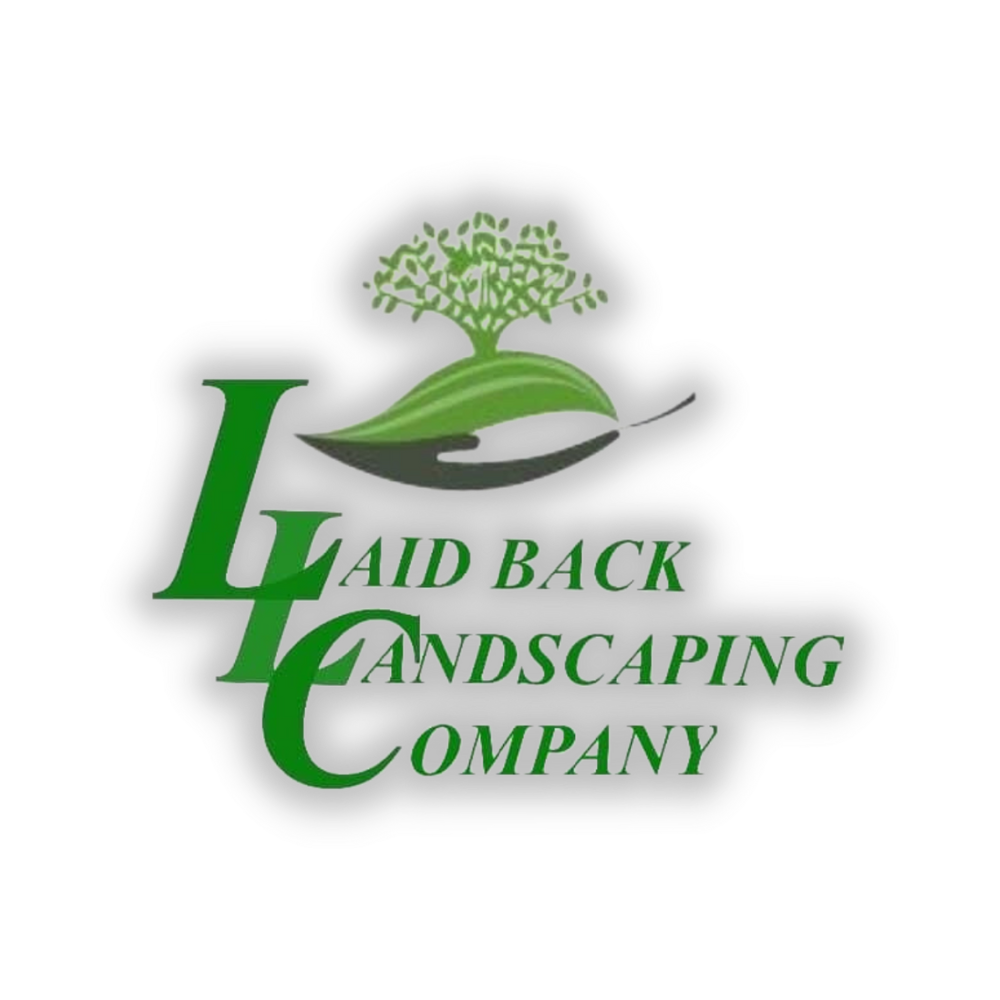Spring Checklist: Tips AND Tasks for a Beautiful Yard
As the winter fades away, it's time to start thinking about your spring landscaping tasks. Here is a checklist of things you can do to ensure your yard is ready for the warmer months:
Clean up debris: Remove any fallen leaves, branches, and other debris from your lawn and garden beds.
Prune shrubs and trees: Trim any dead or overgrown branches from your trees and shrubs. This will encourage healthy growth and improve the appearance of your landscape.
Check irrigation system: Make sure your irrigation system is in good working order. Check for leaks, damaged pipes, and malfunctioning sprinkler heads. Test the system to ensure it is properly watering your lawn and plants.
Fertilize: Apply a slow-release fertilizer to your lawn and garden beds to provide essential nutrients for healthy growth.
Plant new flowers and shrubs: Spring is the perfect time to plant new flowers and shrubs. Choose varieties that are well-suited to your climate and soil type.
Mulch garden beds: Apply a layer of mulch to your garden beds to help retain moisture and suppress weeds.
Edge lawn and garden beds: Use an edging tool to create a clean line between your lawn and garden beds. This will give your landscape a polished look.
Clean and sharpen tools: Clean and sharpen your gardening tools to prepare them for the spring season.
Check for pests and diseases: Look for signs of pests and diseases in your plants. Address any issues promptly to prevent further damage.
Plan for summer: Start planning your summer landscaping projects. Consider adding new features to your landscape, such as a patio, walkway, or water feature.
By following this checklist, you can ensure your yard is in tip-top shape for the spring season. If you have any questions or would like to request a quote for your spring landscaping needs, don't hesitate to get in touch with us at Laid Back Landscaping. Happy Spring!





